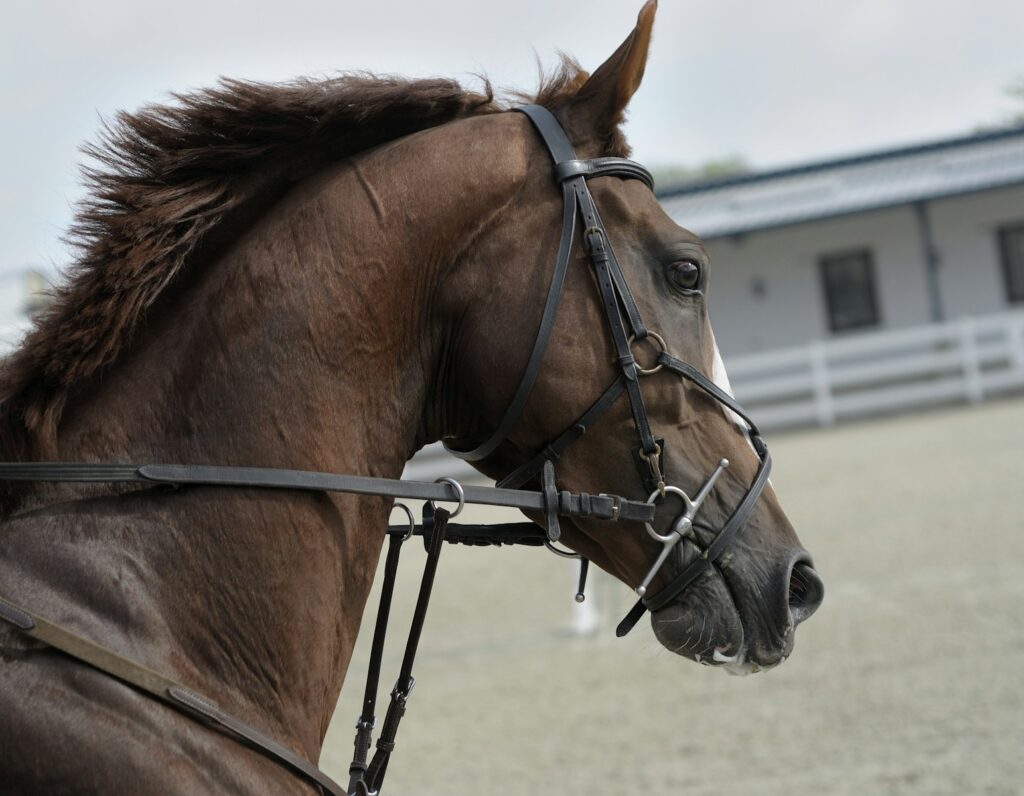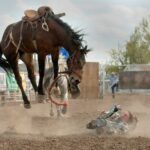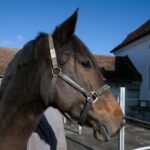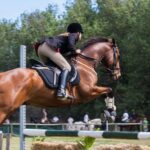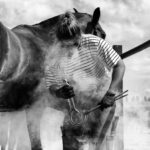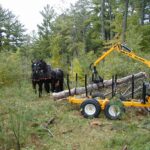Introducing horses to new training equipment requires patience, understanding, and a methodical approach. As prey animals, horses naturally react with caution to unfamiliar objects, making proper introduction essential for both safety and training success. When done correctly, introducing new equipment builds trust between horse and handler while setting the foundation for advanced training techniques. Whether you’re working with a young horse or retraining a seasoned equine, these research-backed methods will help you navigate equipment introductions effectively and create positive associations that last throughout your horse’s training journey.
Understanding Equine Psychology First
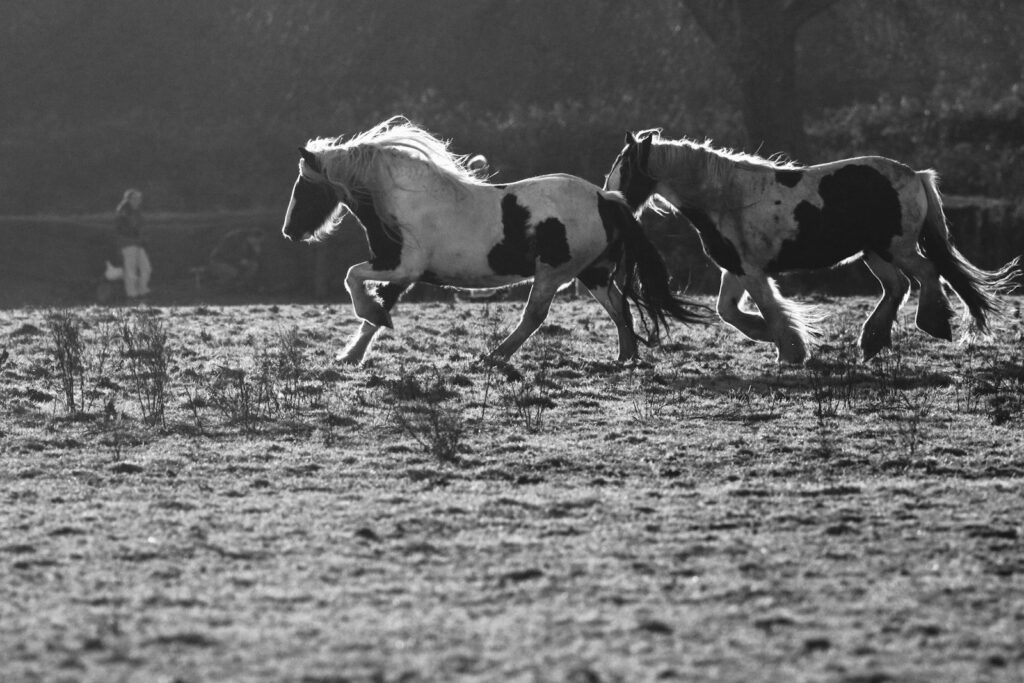
Horses are prey animals with a highly developed flight response that has ensured their survival for millions of years. This evolutionary trait means they’re naturally suspicious of new objects, especially those that make noise, move unexpectedly, or might be perceived as threatening. Before introducing any new equipment, it’s crucial to understand that your horse isn’t being “stubborn” or “difficult” when showing fear—they’re exhibiting natural self-preservation behaviors. A horse’s exceptional peripheral vision, combined with their inability to see directly behind or immediately in front of them, creates blind spots that may intensify their wariness of unfamiliar equipment. Taking time to respect and work with these innate tendencies rather than against them will significantly improve your training outcomes and strengthen your partnership.
Creating a Pressure-Free Environment
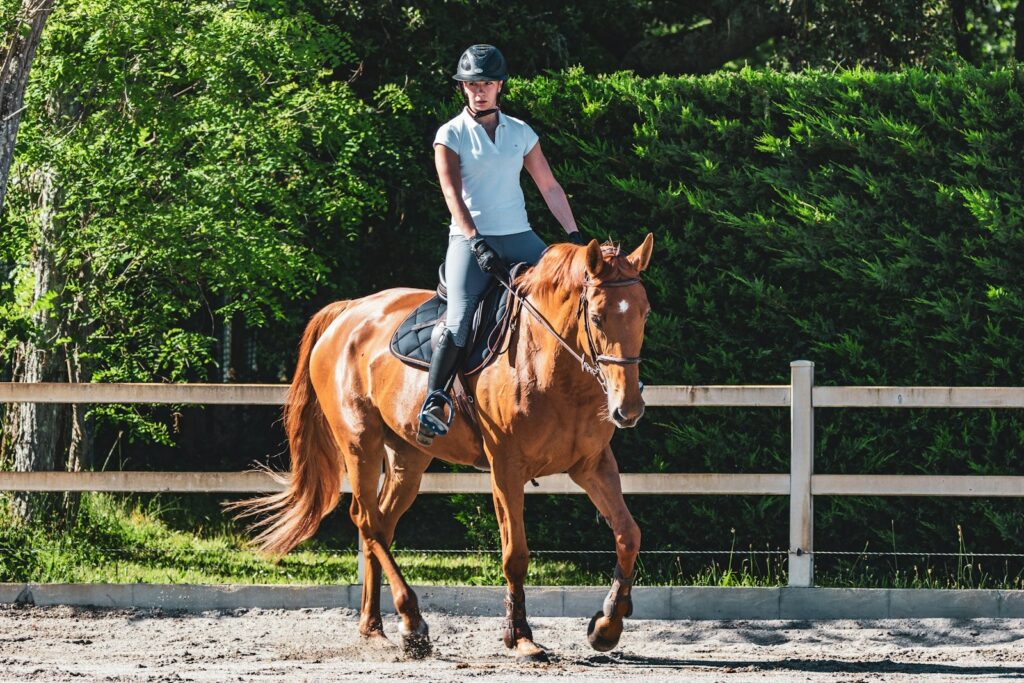
The environment where you introduce new equipment plays a significant role in how your horse responds to the experience. Choose a familiar, enclosed space where your horse feels comfortable and secure, such as their regular training arena or a round pen. Remove all potential distractions and ensure there’s adequate room for the horse to move around without feeling trapped or cornered. The ideal setting should have good footing and appropriate boundaries to maintain safety while providing a sense of security. Many experienced trainers recommend using the same location consistently for introducing new items, as this creates a predictable environment where the horse knows what to expect, reducing overall anxiety about the process.
The Importance of Timing in Equipment Introduction
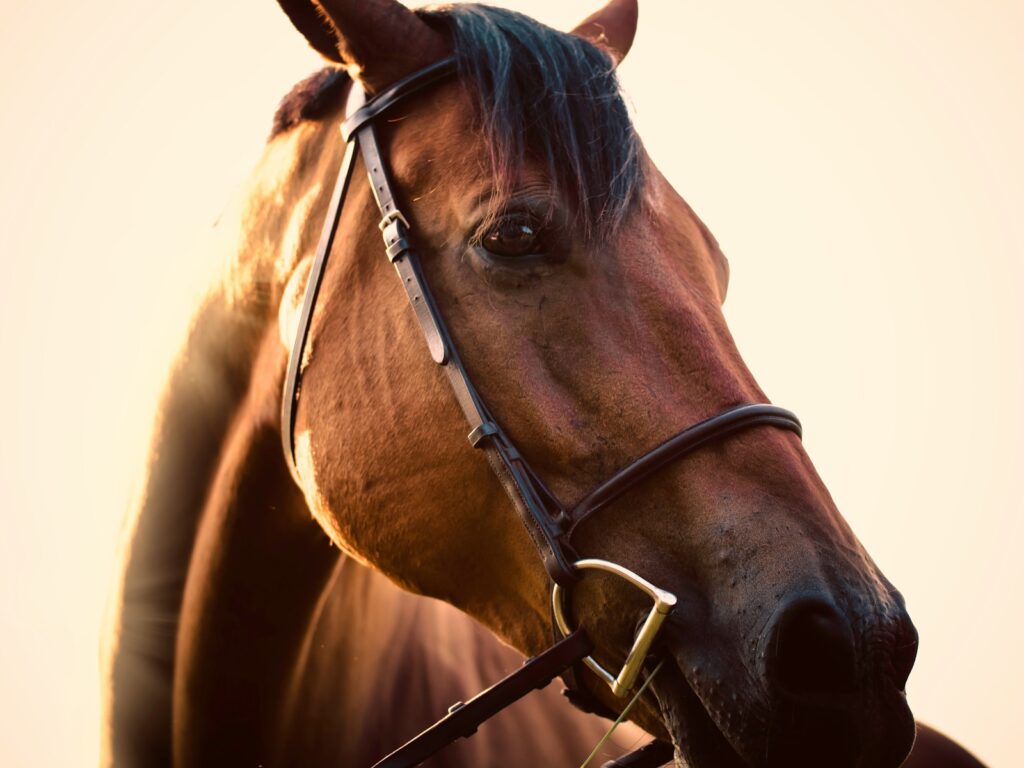
Timing is a critical factor when introducing new training equipment to your horse. Select a period when your horse is relatively calm but still alert—not directly after turnout when they might be feeling frisky, nor at feeding time when they’re distracted by hunger. Many trainers find that introducing new equipment after a brief warm-up session works well, as the horse has released initial energy but hasn’t become tired or frustrated. Pay attention to external factors like weather conditions; windy days can make horses more reactive and are generally not ideal for introducing items that might move or make noise. Additionally, consider your own mindset and energy level, as horses are highly sensitive to human emotions—if you’re feeling rushed, anxious, or impatient, your horse will likely mirror these feelings.
The Desensitization Process
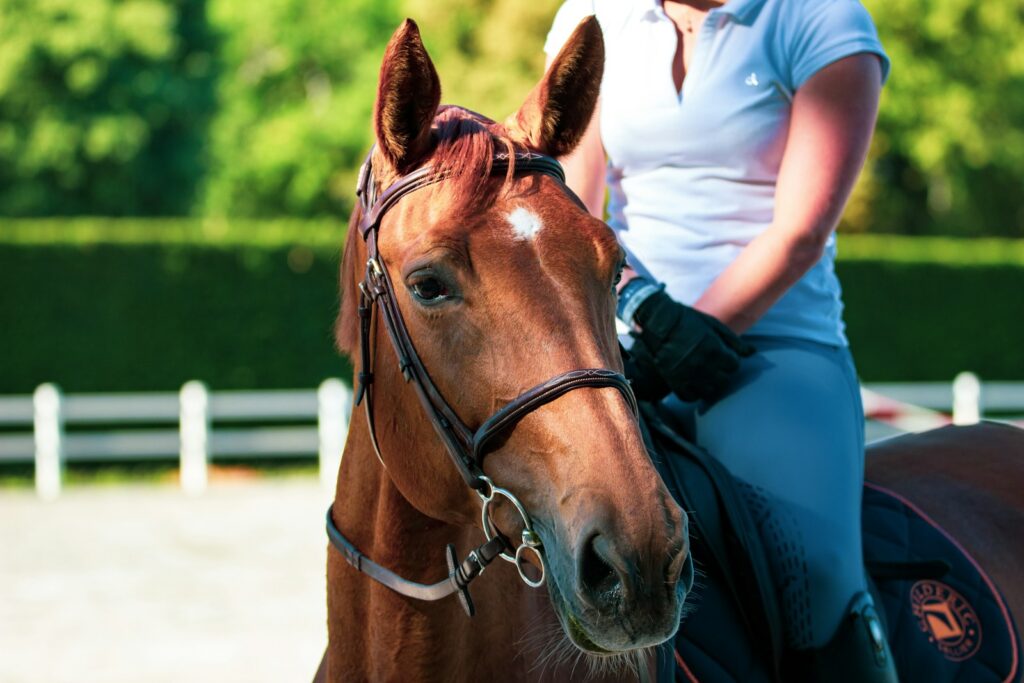
Desensitization is the systematic process of gradually exposing your horse to the new equipment until they no longer react with fear or anxiety. Begin by simply placing the equipment where the horse can see it from a comfortable distance, allowing them to observe without feeling threatened. Gradually decrease this distance as the horse shows signs of relaxation, such as lowered head, relaxed ears, steady breathing, and willing attention. Many trainers use the “approach and retreat” method, where the equipment is moved slightly closer, then away again, rewarding the horse for calm behavior at each step. This process might take minutes, hours, or even days depending on the individual horse and the nature of the equipment. The key is to proceed at the horse’s pace, never forcing them to accept something they’re clearly uncomfortable with, as this builds trust and prevents negative associations.
Positive Reinforcement Techniques
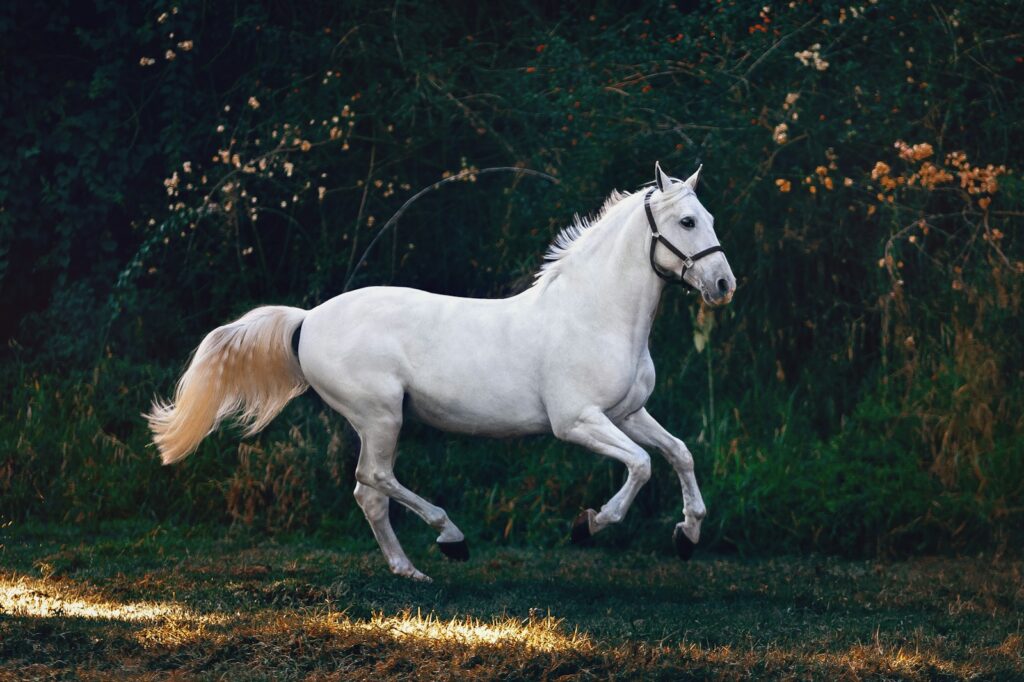
Incorporating positive reinforcement when introducing new equipment creates powerful learning opportunities and builds your horse’s confidence. Reward your horse immediately when they show curiosity about or acceptance of the new item—this could be through verbal praise, a gentle pat, a favorite treat, or a moment of rest. The timing of the reward is crucial; it should come precisely when the horse demonstrates the desired behavior to create a clear connection between their action and the positive outcome. Many successful trainers use clicker training for this purpose, as the distinctive sound marks the exact moment of desired behavior. Research has shown that horses taught with positive reinforcement learn more quickly and retain their training better than those trained solely with pressure-release methods, making this approach particularly valuable during equipment introduction.
Introducing Ground-Based Equipment First
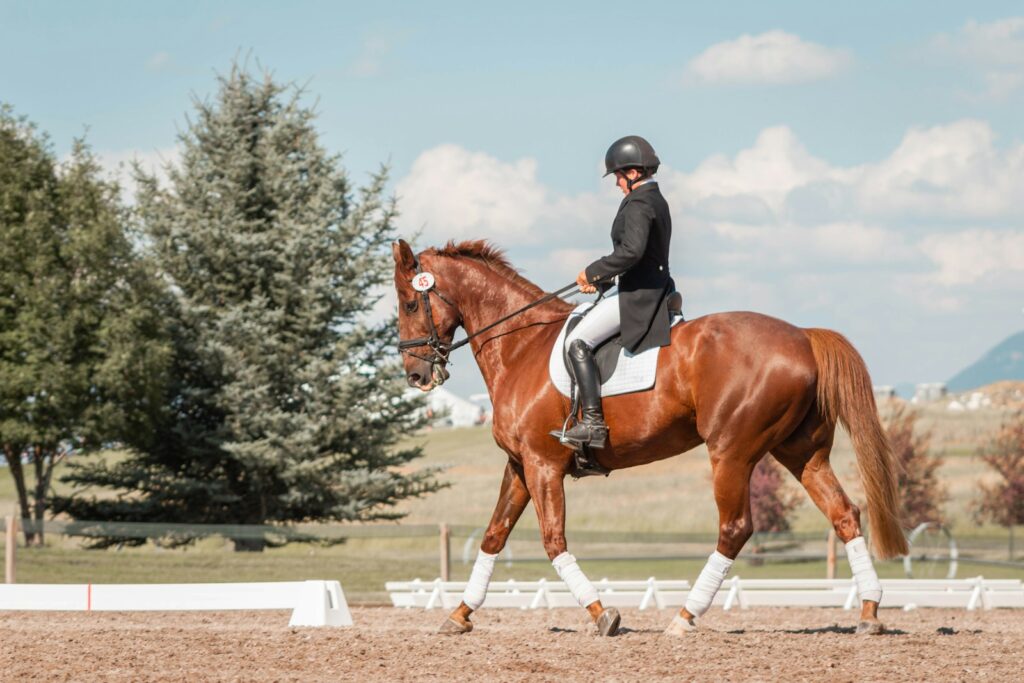
Ground-based equipment introduction serves as an essential foundation before attempting to work with equipment that will be attached to the horse’s body. Items like ground poles, cones, tarps, and obstacles allow the horse to investigate at their own pace while maintaining their full range of movement. Begin by allowing your horse to observe these items from a distance, then gradually walk them closer while monitoring their body language for signs of relaxation. Once comfortable approaching the equipment, guide the horse to walk around, over, or through it depending on its purpose. Many trainers find success by demonstrating first—walking over a tarp yourself, for example—as horses are naturally curious and learn well through observation. This gradual progression builds the horse’s confidence with novel objects and creates a solid foundation for introducing equipment that will have more direct contact with their body.
Transitioning to Body-Worn Equipment
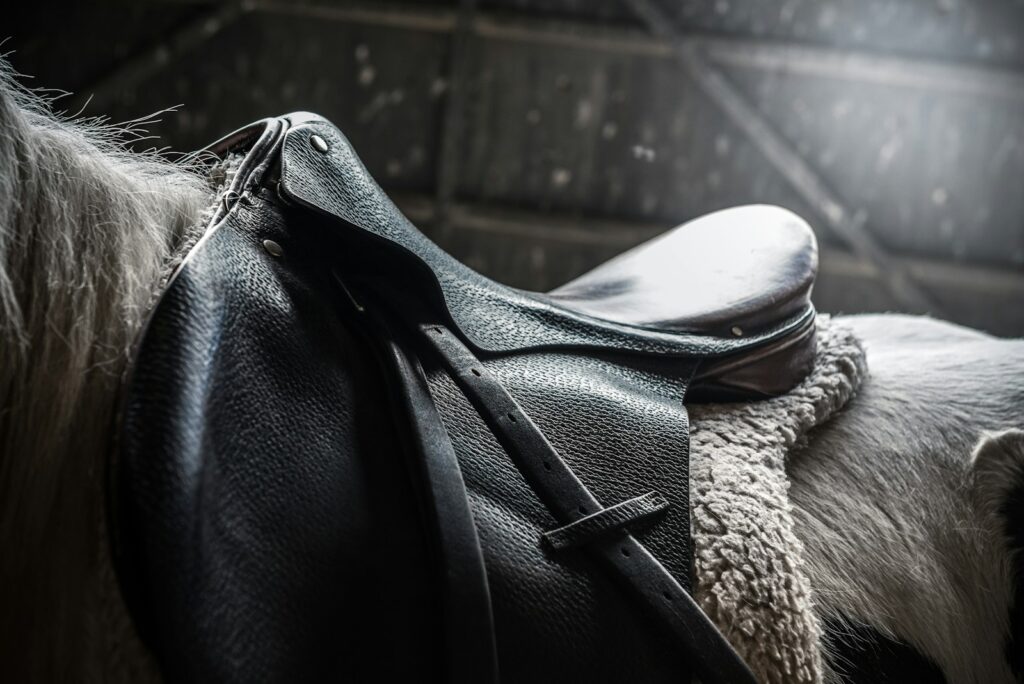
Moving from ground equipment to items worn on the horse’s body represents a significant step that requires careful handling. Before attempting to secure any new equipment to your horse, allow them to thoroughly investigate it using all their senses—sniffing, touching with their muzzle, and even mouthing it if safe to do so. Gradually introduce the sensations of the equipment by gently touching the horse’s body with it, starting in less sensitive areas like the shoulder or hip before moving to more reactive zones like the face, girth area, or legs. Pay close attention to your horse’s comfort threshold, proceeding only when they show relaxation at each step. Many trainers find success by pairing this process with something the horse already enjoys, such as grooming or hand-grazing, creating positive associations with the new sensations.
Special Considerations for Sound-Producing Equipment
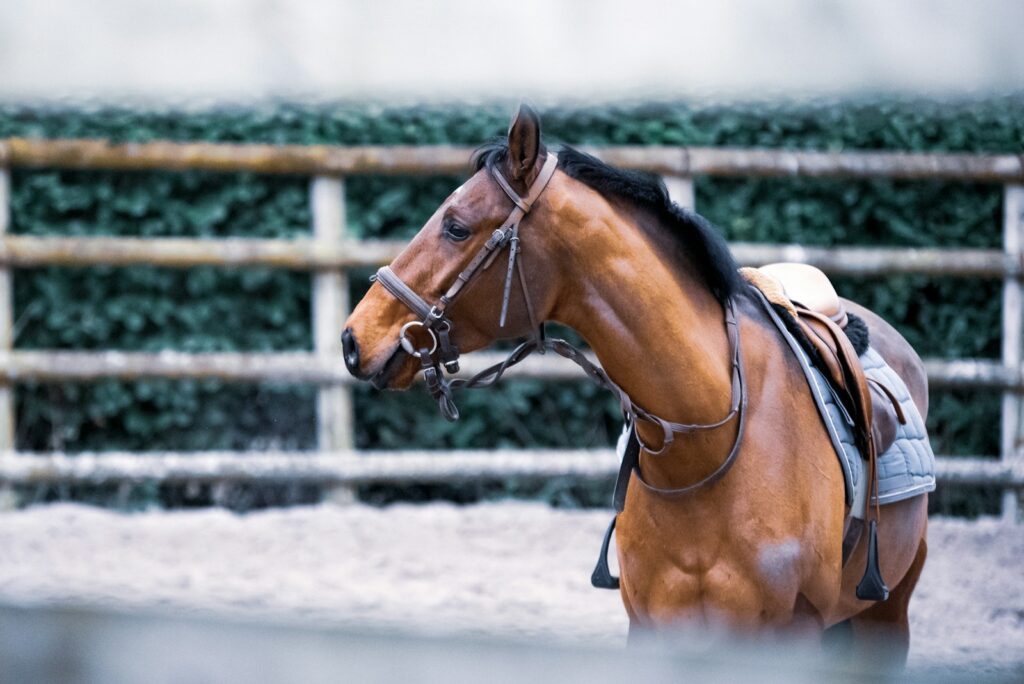
Equipment that produces sound requires extra care during introduction, as horses are particularly sensitive to auditory stimuli. Items like clippers, flysheets that crinkle, or training aids that click or rattle can trigger strong flight responses if introduced too quickly. Begin by allowing your horse to become familiar with the equipment while it remains silent, following all the standard desensitization protocols. Once comfortable with the physical presence of the item, introduce the sound at the lowest possible volume or intensity from a distance, gradually increasing volume and proximity as the horse remains calm. Many experienced trainers record equipment sounds and play them quietly during feeding time to create positive associations before introducing the actual equipment. Remember that horses can hear frequencies humans cannot, so equipment that seems quiet to you might still be unsettling to your equine partner.
The Role of Groundwork in Equipment Training
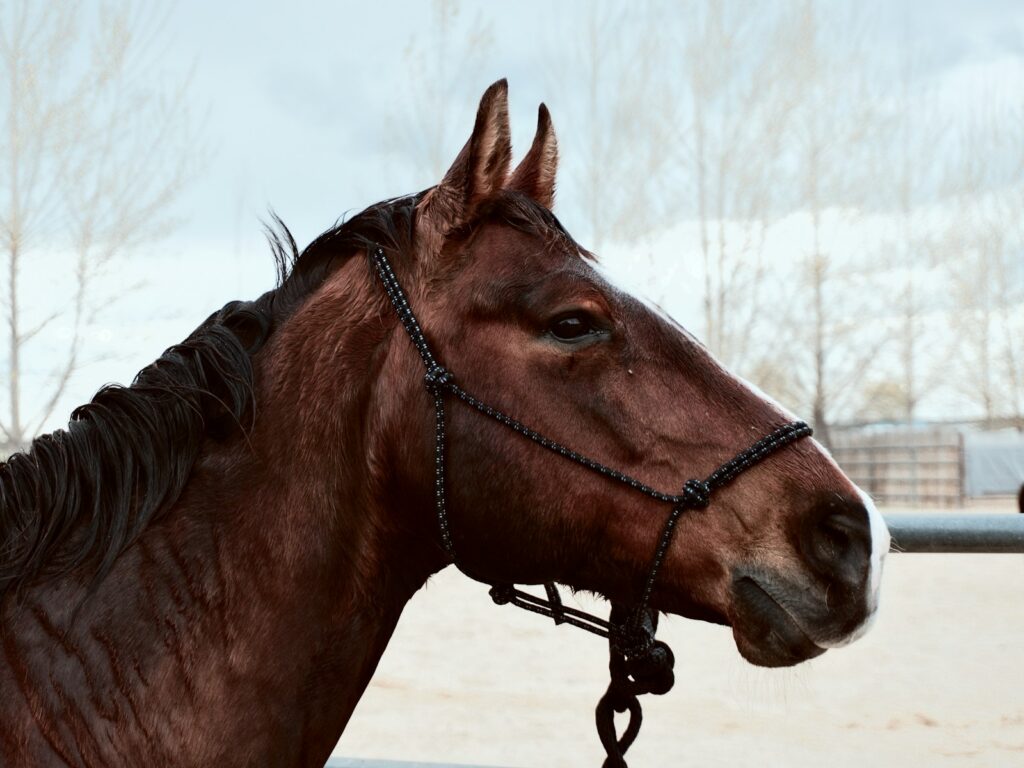
Solid groundwork provides an invaluable foundation for introducing new equipment, as it establishes clear communication and respect between horse and handler. Before attempting to introduce potentially challenging equipment, ensure your horse responds well to basic cues such as yielding to pressure, moving forward, stopping, backing, and turning on command. This level of responsiveness gives you greater control during the introduction process and helps the horse understand what you’re asking even when they might feel uncertain about the equipment. Regular groundwork also builds your horse’s trust in your leadership, making them more willing to accept new experiences under your guidance. Many trainers incorporate groundwork exercises around and with the new equipment, such as sending the horse around a tarp or over poles, which builds confidence through controlled exposure in a familiar training context.
Common Mistakes to Avoid
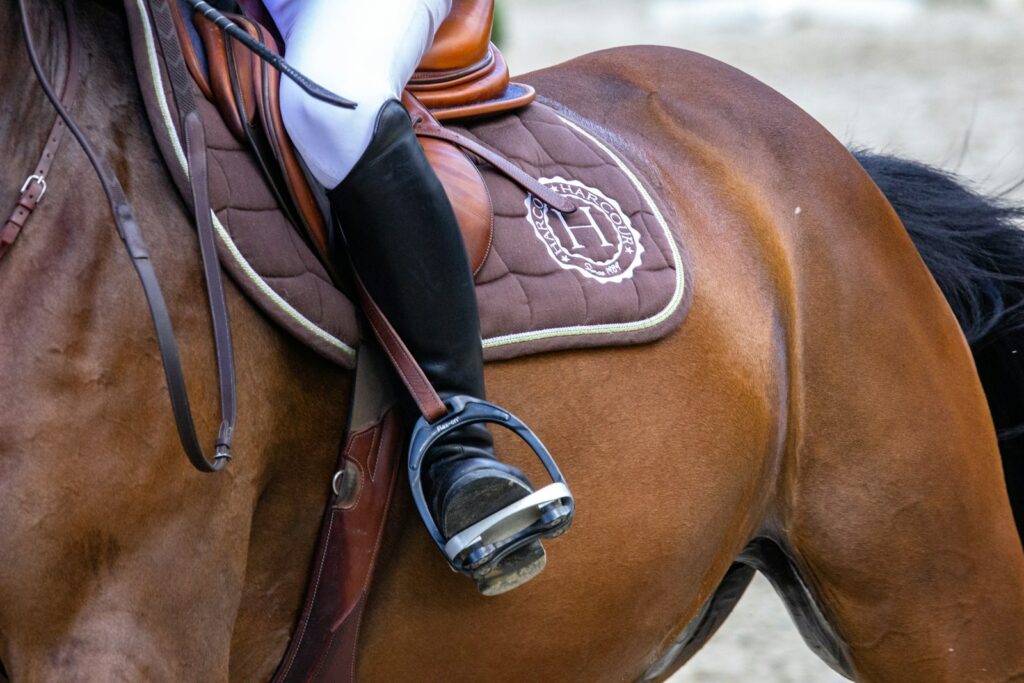
Even experienced horse handlers can make mistakes when introducing new equipment that can set training back significantly. One of the most common errors is rushing the process, trying to progress too quickly before the horse has fully accepted each step. Another frequent mistake is inconsistent responses to the horse’s behavior—sometimes allowing anxious reactions and other times correcting them, which creates confusion. Many handlers inadvertently reinforce fear responses by removing pressure precisely when the horse shows anxiety (such as taking away a saddle pad when the horse sidesteps), essentially rewarding the undesired behavior. Incorrect timing of rewards or pressure can similarly undermine training efforts, as can working with equipment in environments that are too stimulating. Perhaps most importantly, ignoring subtle signs of stress or fear in the early stages often leads to more dramatic reactions later, creating negative associations that can be difficult to overcome.
Tailoring Approach to Individual Horses
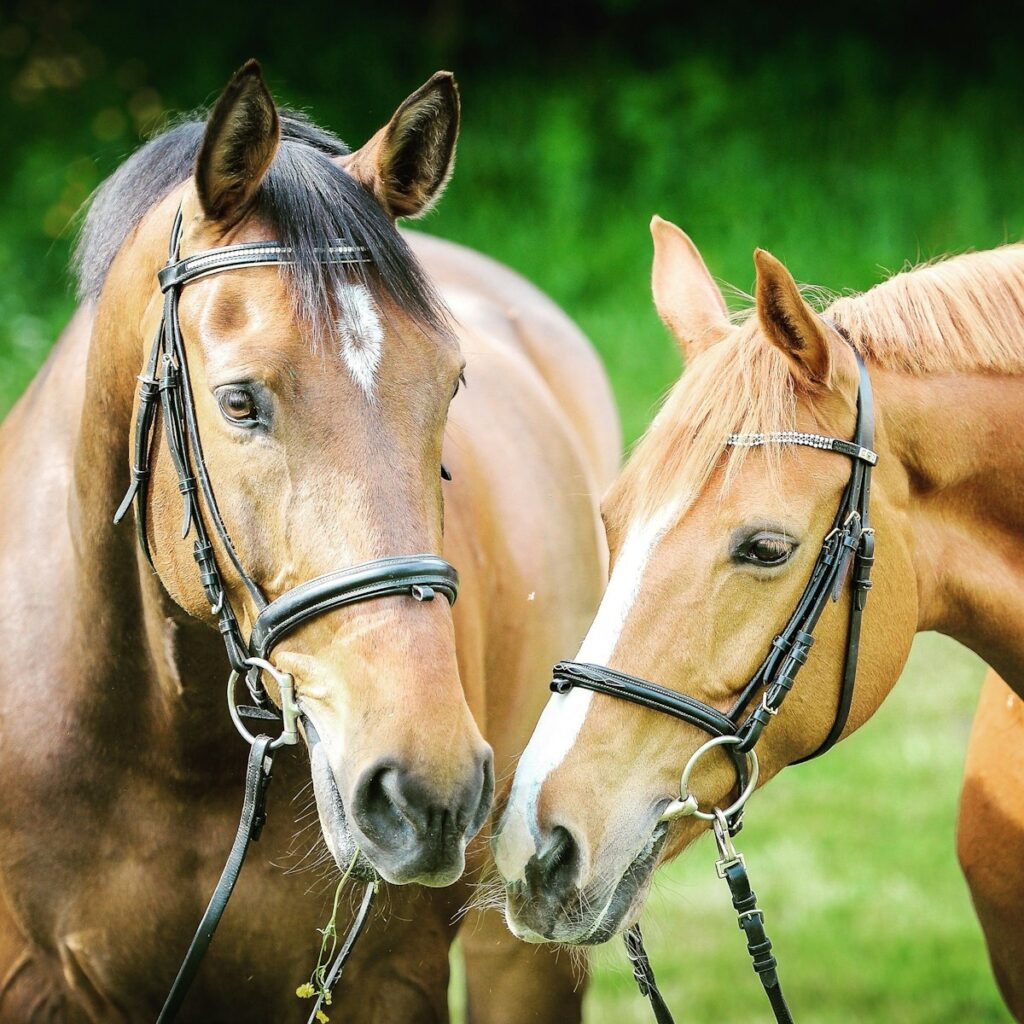
Just as humans have distinct personalities and learning styles, horses respond differently to new equipment based on their temperament, past experiences, and individual sensitivity levels. Observe your horse carefully to determine whether they’re naturally curious and confident or more cautious and sensitive, then adjust your approach accordingly. A bold, extroverted horse might benefit from more directional guidance to maintain focus during equipment introduction, while a timid horse needs more time and reassurance at each step. Consider your horse’s age and training history as well—young horses with limited experience generally need more basic preparation, while horses with negative equipment associations require specialized rehabilitation approaches. Many professional trainers recommend keeping training journals to track individual responses to different introduction methods, allowing you to refine your approach for each horse and each piece of equipment.
When to Seek Professional Help
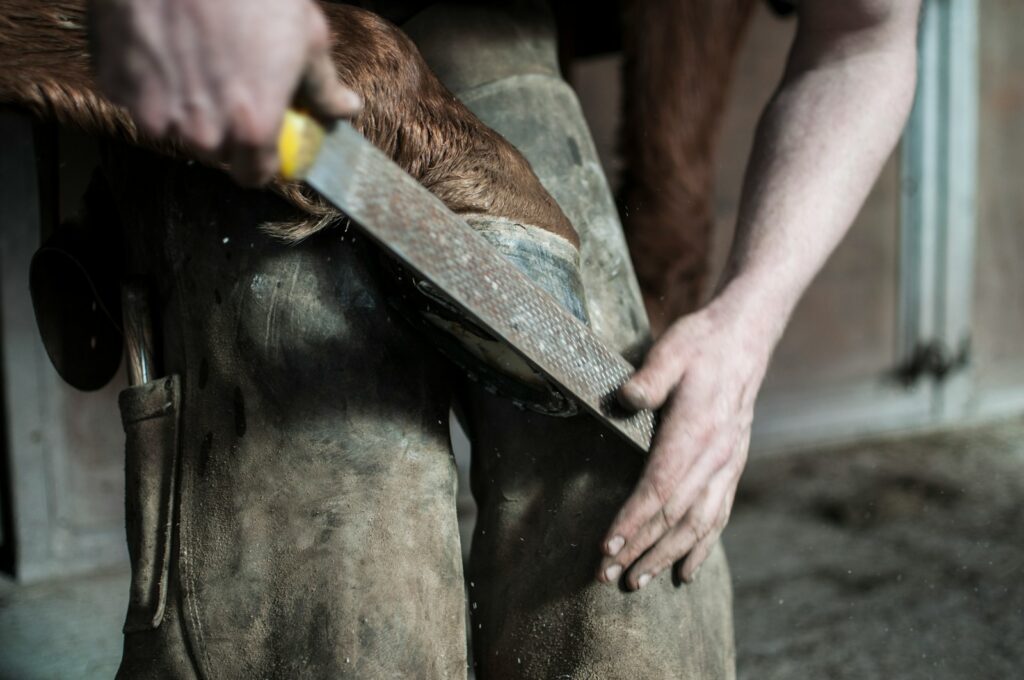
While many equipment introductions can be handled successfully by knowledgeable horse owners, certain situations warrant professional assistance. If your horse shows extreme fear responses such as rearing, striking, or attempting to flee despite careful introduction, a professional trainer can provide safer handling techniques and specialized equipment. Horses with traumatic histories related to specific equipment (such as those that have had accidents with trailers or negative experiences with bits) often benefit from professional rehabilitation approaches. Additionally, if you find yourself feeling fearful, frustrated, or uncertain during the training process, working with a qualified trainer protects both you and your horse from potentially dangerous situations. Many trainers offer “equipment introduction” clinics or sessions specifically designed to help with challenging items like clippers, fly spray, or loading equipment, providing valuable education for both horse and handler.
Maintaining and Building on Success
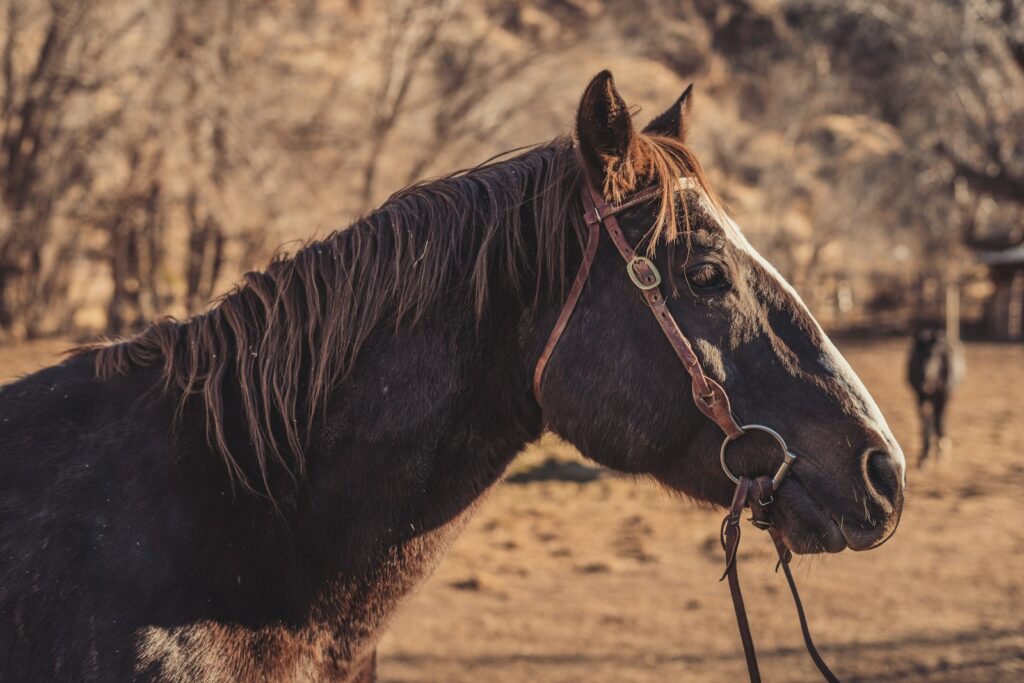
Successfully introducing new equipment isn’t a one-time achievement but requires ongoing reinforcement and gradual building of complexity. Once your horse accepts a new piece of equipment, incorporate it regularly into your training routine to maintain familiarity and prevent regression. Gradually increase the challenges associated with the equipment—for example, once comfortable with a saddle in the arena, introduce it in different environments or combine it with new elements. Many trainers recommend periodic “refresher” sessions even with well-established equipment, especially after breaks in training or changes in environment. Document your horse’s progress with different types of equipment to track improvement over time and identify any patterns in learning that might inform future training approaches. Remember that each successful equipment introduction builds your horse’s overall confidence and adaptability, making subsequent introductions easier and strengthening your partnership for future training challenges.
Conclusion
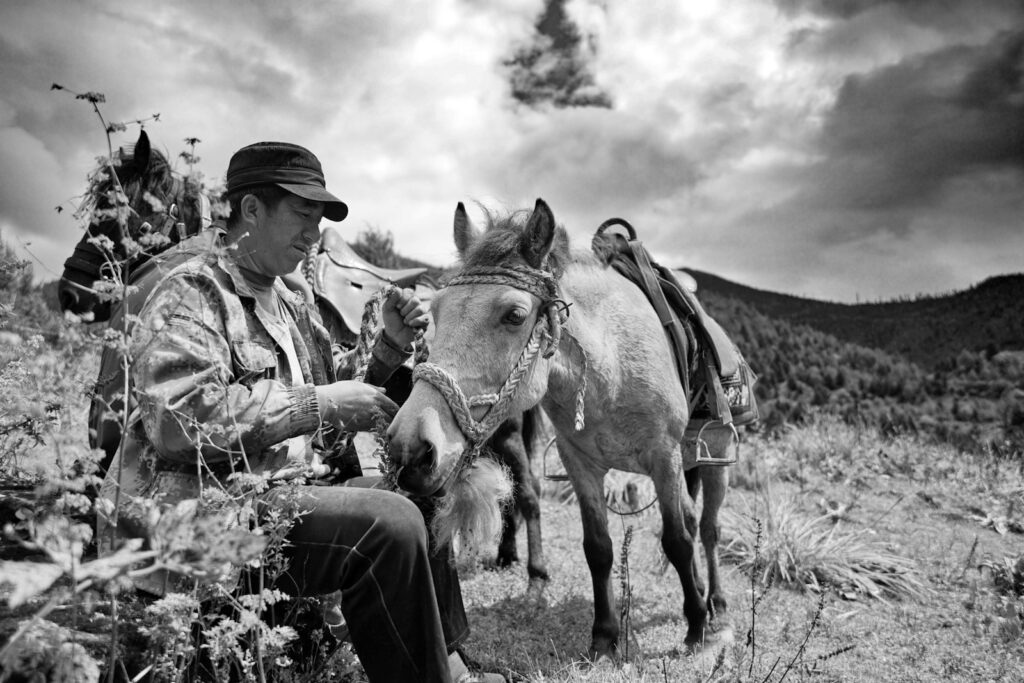
Introducing new training equipment to horses requires a thoughtful, systematic approach that respects their natural instincts while building their confidence. By understanding equine psychology, creating the right environment, and using techniques like desensitization and positive reinforcement, handlers can establish trust and set their horses up for training success. Remember that each horse is an individual with unique needs and responses; patience and consistency are your most valuable tools throughout this process. When done correctly, equipment introduction becomes more than just a training necessity—it becomes an opportunity to deepen communication and partnership with your equine companion, creating a foundation of trust that extends to all aspects of your work together.

